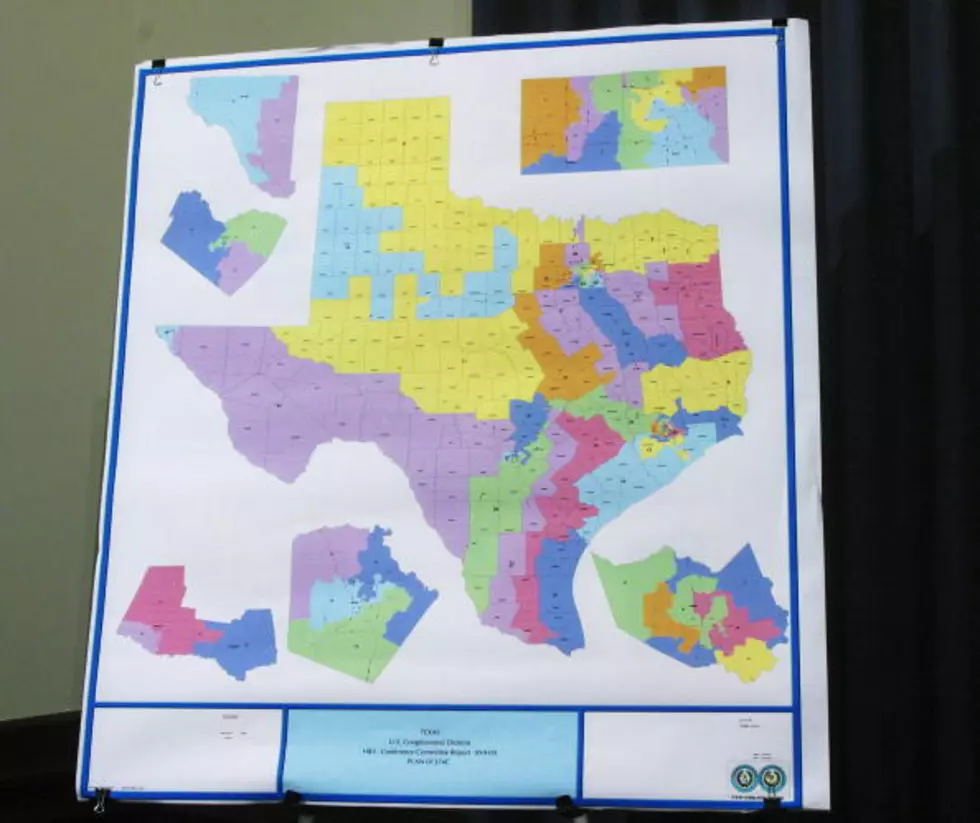
DOJ says Texas Redistricting Violates Voting Rights Act
The U.S. Department of Justice says Texas' new voting maps for Congress and the Texas House do not meet federal anti-discrimination requirements, setting up a legal battle that will decide the landscape of future elections in the state.
Voting district boundaries are redrawn every 10 years to reflect changes in population and ethnic density as reflected in the decennial census. Under the U.S. Voting Rights Act of 1964, any changes made in Texas' voting district lines must be cleared by a federal court or the Justice Department to ensure changes do not discriminate based on race or color.
The Justice Department took issue with the maps for Congress and the Texas House, but it agreed with the state attorney general that maps for the Texas Senate and State Board of Education met requirements under the federal Voting Rights Act.
The agency denied state contentions that the congressional and House plans maintain or increase the ability of minority voters to elect their candidate of choice, as required by federal law. The Voting Rights Act requires the state to give special protection to districts that contain mostly minorities.
Texas received four new congressional seats following the last census, more than any other state. The new congressional map was drawn with the goal of protecting and possibly expanding the 23-9 majority enjoyed by Republicans in Texas' delegation in Washington.
Texas voting district lines will, ultimately, be settled by a federal court in Washington DC.
More From Newstalk 860









